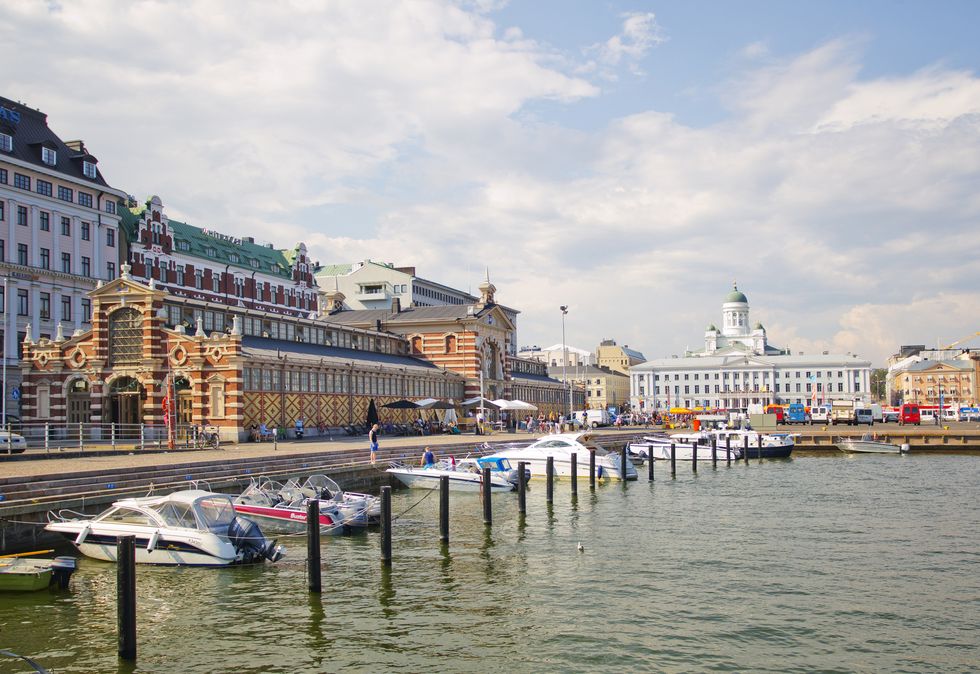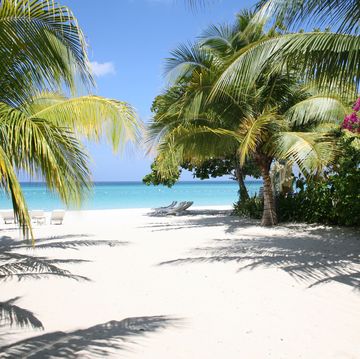In modern day society, we have to consider the safety and risk factor of certain countries before deciding where to go on holiday. It can be a topic of concern for some but luckily the medical and security services firm International SOS have created a clever interactive map to put any travel anxieties at ease.
Enter a country into the map below and see how it fairs in terms of safety...
The research conducted in conjunction with the map revealed that Norway, Finland and Iceland have been rated some of the safest countries to visit.
Using a business trends report from the research company Ipsos Mori, International SOS has mapped the countries that companies consider most risky when it comes to the health, road safety and security of their workforce before they send colleagues abroad.
The countries that consistently ranked as low risk across all three areas of healthcare and medicine, security and road safety included Norway, Finland, Iceland, Switzerland and Greenland.
When it came to medicine alone, most of Western Europe, North America, Australia, New Zealand, South Africa, Chile, Uruguay, Turkey and the UAE were all ranked as low-risk.
The company noted that some of the European countries saw a decreased risk because of improved standards of medical care.
For security, Denmark, Luxembourg and Slovenia ranked as an insignificant risk. Most of Europe, North America, China, Australia, Argentina, Chile, Cuba and the Bahamas as well as African countries including Namibia, Botswana, Zambia and Ghana also ranked as low risk.
The roads were deemed particularly safe in Europe, Australia, Canada, Scandinavia and New Zealand.
Rob Condina, a security expert at International SOS told Country Living: "Destinations with low risk ratings such as Finland and Norway may be attractive to many holiday makers, particularly against the heightened awareness of both security and medical incidences that have occurred in popular holiday destinations over the past couple of years. It's worth considering that medical, security and road risk ratings, can often differ within a country.
"Travellers should take into account their own travel experience and ability to cope with any changes in their environment. This may help travellers to widen their travel choices if they wish. Even when travelling to 'safe' destinations visitors should keep up to date with any changes prior to, and during, their visit."
The company said that, in general, the perceived risk to health, safety and security when travelling around the world remains high and the study found that 63% of business travel decision makers thought global risks had increased in the past year alone due to terror attacks, the increased threat of war and widespread hurricane devastation.















